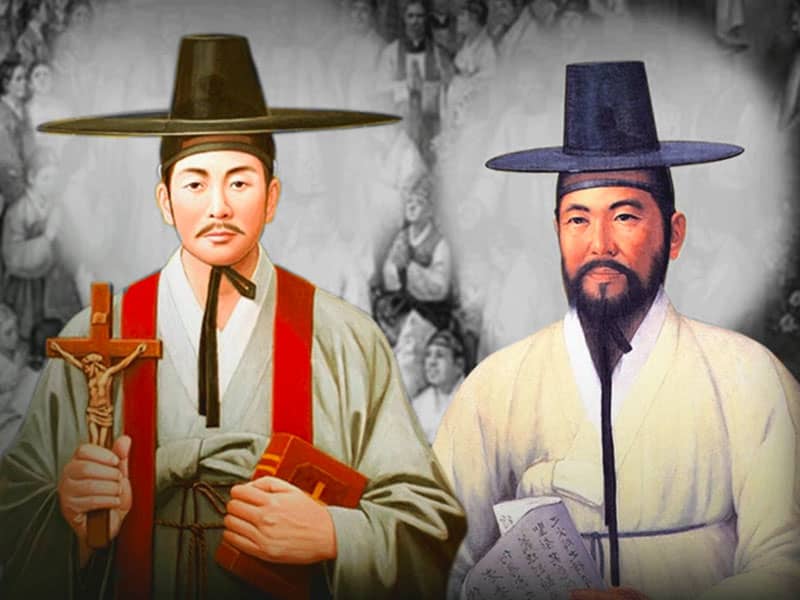What generalizations can you make about these phenomena?
In short, what can you say about the enormously complex--indeed, bewildering--curiosity known as devotion to Mary that is part and parcel of popular Roman Catholic practice almost everywhere in the world?
The single most fundamental doctrinal statement about Mary was the definition at the Council of Ephesus in 431 that affirmed Mary as theotokos--"the God bearer." That definition flowed directly from the church's desire to navigate between those who saw Christ as more human than divine and those who held that the exaltation of Christ's divinity tended to diminish His humanity. But what does this dogmatic fact have to do with the bewildering multitude of different Marian devotions that dot the historical landscape of Christian--mainly Catholic--history?
The late German theologian Karl Rahner argued that different ages looked to Mary to express values that were of intense concern to the their own cultures.
The exaltation of Mary's virginity exercised the imagination of the early church when, following the period of the martyrs, asceticism was so highly valued.
The tremendous flowering of Marian devotion in the Middle Ages reflected the exaltation of women in the courtly love tradition. Think, for example, of "The Divine Comedy" and Dante's intense but noncarnal ardor for young Beatrice, who guides him to a vision of God through the intercession of Mary.
Each of these ways of looking at Mary--and the above list is only partial--generated its own forms of popular devotion, different kinds of liturgical innovations, the hallowing of pilgrimage sites, the erection of architectural monuments, and the founding of confraternities of laymen, sodalities of laywomen and orders of priests and sisters.
So how to regard--and honor--Mary as the 21st century dawns? One fresh approach derives from feminists influenced by liberation theology. Liberation theologians have put a strong emphasis on Mary's hymn, the Magnificat, in the opening chapter of the Gospel of Luke. The Magnificat draws a picture of Mary identifying herself with the lowly of the earth, contrasting herself with the rich who will be judged by the poor--the biblical anawim--who will inherit the kingdom of heaven:
He has scattered the proud in the imagination of their hearts.
He has put down the mighty from their thrones
And exalted those of low degree.
The special grace with which God endows the lowly is why "henceforth all generations will call me blessed," as Mary says. As liberation theologians have meditated on Mary's Magnificat they have come to see her life's story in the light of her liberating hymn. These insights have given rise to powerful new prayers such as a contemporary litany that draws pictures of Mary that might come from today's headlines:
Mother of the homeless,
Widowed Mother,
Mother of a political prisoner,
Mother of an executed prisoner,
Unwed Mother,
Seeker of sanctuary, first disciple,
Pray for us.
We might look at that last phrase, "first disciple," to remind ourselves that Mary is a model for every Christian and not just for women. When we follow the course of her life--from the acceptance of the Word of God at the moment of the Annunciation, through the public ministry of Christ, to her faithful witness at the foot of the cross and her presence in the upper room on the eve of Pentecost--we see Mary as one who lived with the Word of God in fidelity.
We might look at that last phrase, "first disciple," to remind ourselves that Mary is a model for every Christian and not just for women. When we follow the course of her life--from the acceptance of the Word of God at the moment of the Annunciation, through the public ministry of Christ, to her faithful witness at the foot of the cross and her presence in the upper room on the eve of Pentecost--we see Mary as one who lived with the Word of God in fidelity.

